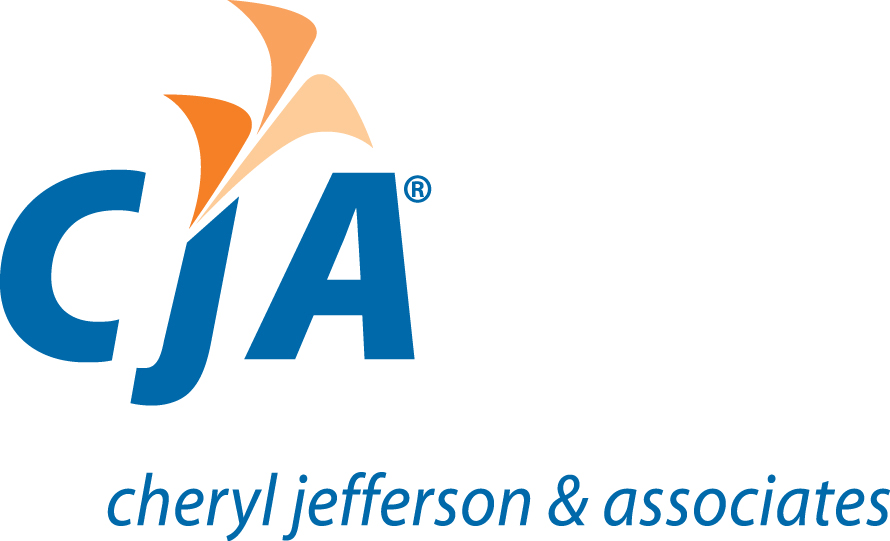Final changes which will be effective January 1, 2014, have been made to the IRS’ temporary 2011 de minis expensing (cap policy). Now is the time to begin reading up on how these changes will affect your company (here on called taxpayer).
Here are some changes taxpayers should be aware and discuss with their tax accountant in order to determine whether action is required.
1) Taxpayers need to review the new wording in section 263(a) which describes which expenses may be deducted or must be capitalized. The new wording from the IRS website is as follows;
(a) Any amount paid out for new buildings or permanent improvements or betterments made to increase the value of any property or estate, or
(b) Any amount expended in restoring property or in making good the exhaustion thereof for which an allowance has been made”.
2) The minimum capitalization policy on materials and supplies with a useful life of more than 12 months, has been raised to $200 beginning January 1, 2014, which has been increased from $100 per the 2011 temporary regulations.
3) Taxpayers are required to have a written accounting policy for how de minimis safe harbor items will be handled. This policy must be written and implemented by the 1st of the tax year. This means if a taxpayer wants to take advantage of the de minimis rules for the tax year 2014, the policy must be written and implemented by January 1, 2014. Keep in mind, when the safe harbor is elected for a tax year, the IRS requires all items that qualify for the safe harbor be treated the same.
4) Under the 2011 temporary regulations the de minimis safe harbor was limited to a ceiling amount of the greater of 0.1% of gross receipts taxable year or 2% of the total depreciation and amortization expense for the taxable year for taxpayers with an applicable financial statement (i.e. audited). The final regulations eliminate this and amounts properly expensed under the taxpayer’s financial accounting policies are deductible for tax purposes. The advantage of the new ceiling limit is the ability to make de minimis safe harbor decisions at the invoice level instead of the complicated analysis of receipts and total depreciation expenses. The new ceiling limits under the final regulations are either $5,000 invoice or per item purchased as substantiated by an invoice.
5) Taxpayers without an applicable financial statement, but with accounting procedures in place have de minimis safe harbor if the property does not exceed $500 per invoice, or per item as substantiated by an invoice.
6) The de minimis safe harbor election is considered a tax year election in a timely filed tax return.
7) The taxpayer may file for a change in method of accounting if the change may create audit exposure.
8 ) Final regulations permit a qualifying small taxpayer to elect to not apply the improvement rules to an eligible building property if the total amount paid during the taxable year for repairs, maintenance, improvements, and similar activities performed on the eligible building does not exceed the lesser of $10,000 or 2 percent of the unadjusted basis of the building. Eligible building property includes a building unit of property that is owned or leased by the qualifying taxpayer. If the amount paid for repairs, maintenance, improvements, and similar activities performed on a building unit of property exceeds the safe harbor threshold for a taxable year, then the safe harbor is not applicable to any amounts spent during the taxable year. The safe harbor for building property held by small taxpayers may be elected annually on a building-by-building basis by including a statement on the taxpayer’s timely filed original Federal tax return, including extensions, for the year the costs are incurred for the building.
9) The depreciation life of building improvements was shortened to 10 years
For more details on the changes made to the 2011 temporary regulations, visit the IRS website.
Internal Revenue Bulletin: 2013-43
